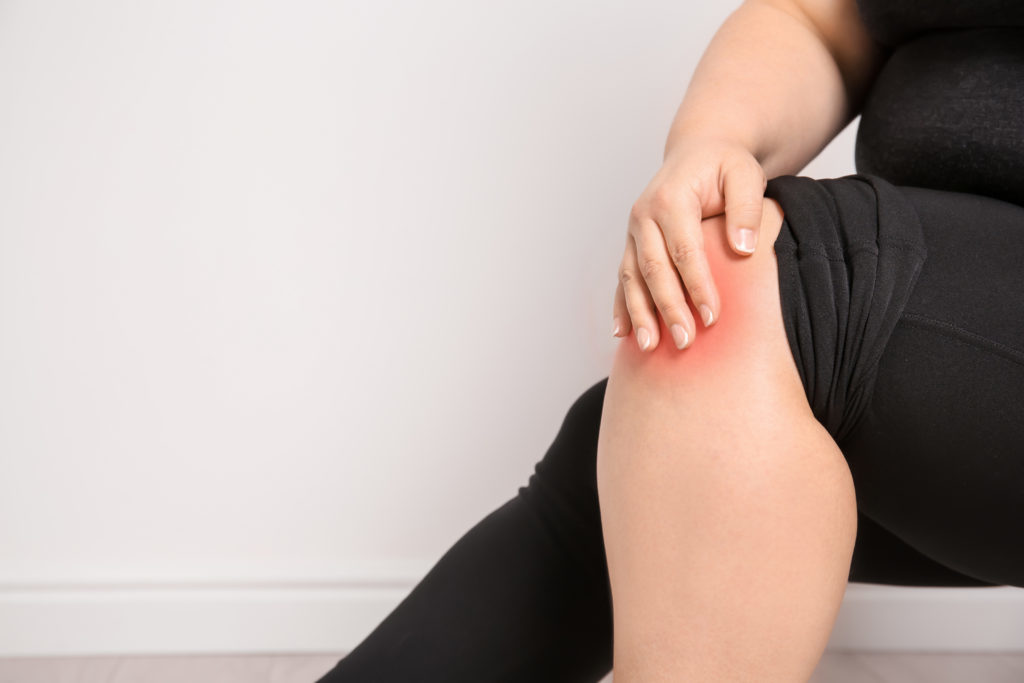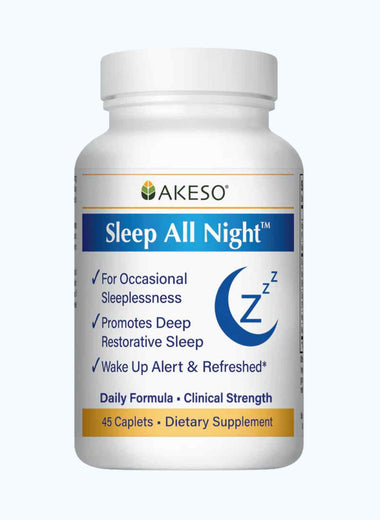The CDC (Center for Disease Control and Prevention) reports that by 2040, an estimated 78 million (26%) US adults aged 18 years or older are projected to have doctor-diagnosed arthritis. Arthritis sufferers are 54% more likely to be obese than non-sufferers. Almost 23% of overweight and 31% of obese US adults report doctor-diagnosed arthritis.
Managing arthritis pain can feel like a losing battle if you are overweight or obese. Many arthritis sufferers avoid exercise due to pain and stiffness of joints, even though exercise or activity has been shown to reduce arthritis pain by replenishing lubrication to the cartilage of the joint. In turn, lack of exercise can lead to weight gain, placing more strain on joints which can aggravate arthritis and pain. Every one pound of excess weight exerts three to six pounds of extra force on joints.
Obesity makes every type of arthritis harder to manage. But taking it one step at a time, and losing even a little weight can have a huge impact on physical and mental health.

Arthritis sufferers who are obese can benefit immeasurably from consistent, daily moderate exercise like walking 30-40 minutes a day, along with cutting fatty and sugary foods from the diet.
- Go Slow: If you haven’t exercised in awhile, start off slowly with a few, low-intensity exercises and short walks. Walking is a low-impact form of exercise that can help with aerobic conditioning, heart and joint health, and mood. It is essential to wear proper shoes and stay hydrated, even if the walking is not strenuous. Walk slowly initially and then increase the pace when possible.
- Stretching can help improve flexibility, reduce stiffness, and increase range of motion. Stretch slowly and gently moving the joints of knees, hands, elbows and other joints.
- A typical stretching routine can start with:
- Warming up by walking in place or pumping the arms while sitting or standing for 3–5 minutes.
- Holding each stretch for 10–20 seconds before releasing it.
- Repeating each stretch 2–3 times.
- Tai chi and yoga combine deep breathing, flowing movements, gentle poses, and meditation. They increase flexibility, balance, and range of motion while also reducing stress. You can access instructional, “how to” videos and follow along on your smart T.V. or on your smart phone – on Youtube.
- Water exercises help support your body weight and do not exert heavy impact on the joints. Swimming, walking in water or water aerobics can reduce joint stiffness, increase flexibility and strength as well as range of motion.
- Cycling can keep your joints moving and help with cardiovascular fitness.
- Strength training helps to strengthen the muscles around the affected joints and can help increase strength while reducing pain and other arthritis symptoms.
- Hand exercises like bending the wrists up and down, slowly curling the fingers and spreading the fingers wide on a table and squeezing a stress ball can help increase strength and flexibility in the hands.

In addition to exercising, eating nutritiously and sensibly, avoiding appetizers and desserts and decreasing entrée portions can result in significant decrease in both weight and pain.
The fiber in salads and vegetables makes us feel fuller, decreases our food intake and helps significantly with regularity, which is often compromised in the obese and also in patients taking some pain medications.
Even if you are not obese, but suffer with arthritis and are somewhat over-weight, these suggestions can be of significant benefit if you implement them consistently.
To the Best of Heath,
Curt Hendrix, M.S., C.C.N., C.N.S.






